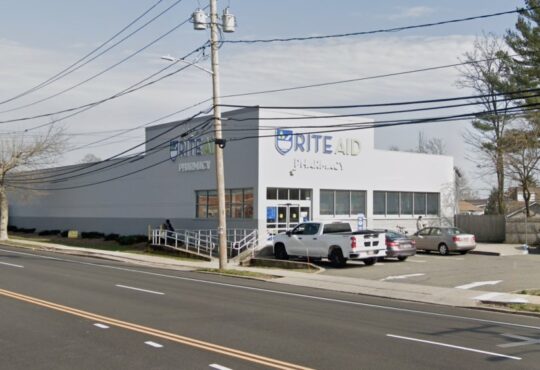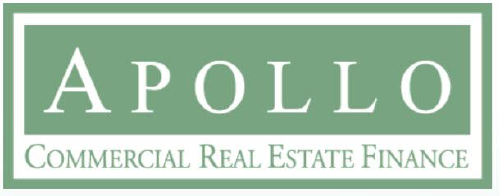
Sometimes, the most interesting thing on companies’ earnings calls is what doesn’t get said.
For instance, we recently heard from a number of big banks that despite booming business in investment banking and trading, they are concerned about where the labor market and the economy as a whole are headed. But they didn’t mention a problem they’ve been citing regularly ever since the pandemic: commercial real estate.
Ever since the pandemic, certain types of commercial real estate have struggled with high vacancy rates.
“Really where the greatest concern was in the office sector,” said Tom Collins, senior partner with the consulting company West Monroe, who leads the company’s national commercial lending practice.
Office vacancy rates are still elevated. But Collins said big banks just aren’t all that concerned, because they’ve been making fewer commercial real estate loans.
“The bigger banks have been able to avoid it because they have far greater diversity of earnings, and a far greater diversity in their loan book,” Collins said.
But regional and community banks don’t have that luxury. Collins said they’ve made most of the commercial real estate loans in recent years. And he said many of those lenders see value in their local office buildings, even if they’re sitting vacant. So their strategy has been to work with their borrowers to help them avoid default.
“So that in the long term, [banks] still have this borrower as a client, are still collecting money on the asset, and not having to take a write-off, and deal with the post-bankruptcy foreclosure, and all of the stuff that goes along with that,” Collins said.
But there’s an issue on the horizon: a lot of commercial real estate loans are maturing this year.
“When a loan matures, it forces an owner’s hand,” said Xander Snyder, senior commercial real estate economist with First American.
Building owners took out most of these loans back when interest rates were much much lower. So when they try to renew their loans, they’re going to face a much higher interest rate.
“As that progresses, more owners are going to have fewer options, and they’re going to have to do something with their property,” Snyder said.
Snyder said many property owners will end up selling their buildings, which can actually be a good thing for the commercial real estate market. That’s because prices on commercial properties have been falling, and anyone who can buy a building at today’s lower prices is probably in a healthier financial situation than the seller.
“You still have debt, but it’s a new loan, it’s probably at a higher interest rate, but the total debt service that you pay on that mortgage is low enough to bring that property out of distress, essentially,” Snyder said.
Property owners are also trying to attract tenants by offering perks, including rent concessions. Many are also putting money into improving their buildings.
“So you’ll have an allocation from a landlord to build out your space, perform small renovations, or bring in fixtures, and things that customize a space for a particular tenant,” said Tom Taylor, senior manager of research with the real estate company Trepp.
Taylor said that’s happening with other types of commercial real estate, too, including retail space and apartment buildings.
“One, two, three months free out of a 12-month lease, just to get that occupied,” Taylor said. “And that is one way that folks start to realize — renters, that is — that this is a renter’s market perhaps.”
Taylor said how healthy the commercial real estate sector is depends on where in the country we’re talking about. For instance, vacancy rates are relatively low in New York City, and other big, coastal cities. But they’re higher in smaller markets, including Charlotte and Atlanta.
David Reiling, CEO of Sunrise Banks in Minneapolis, said office buildings are still in a slump in central business districts there, along with suburban office parks. But things are looking a lot healthier outside those locations, in areas where there are more types of commercial real estate clustered together.
“You’re going to see restaurants, you’re going to see grocery stores, and you’ll see an office building, and that’s a place where people will be,” Reiling said.
Reiling said the bank is seeing demand for commercial real estate loans pick up in those locations, from owners who want to fix up their buildings, offer more amenities, or more flexible space configurations.
That means the bank is seeing a lot of opportunity.
“A good property with a good borrower behind it, is where Sunrise and a lot of community banks make their living,” Reiling said.
As a result, Reiling said competition for those borrowers’ business is heating up.






